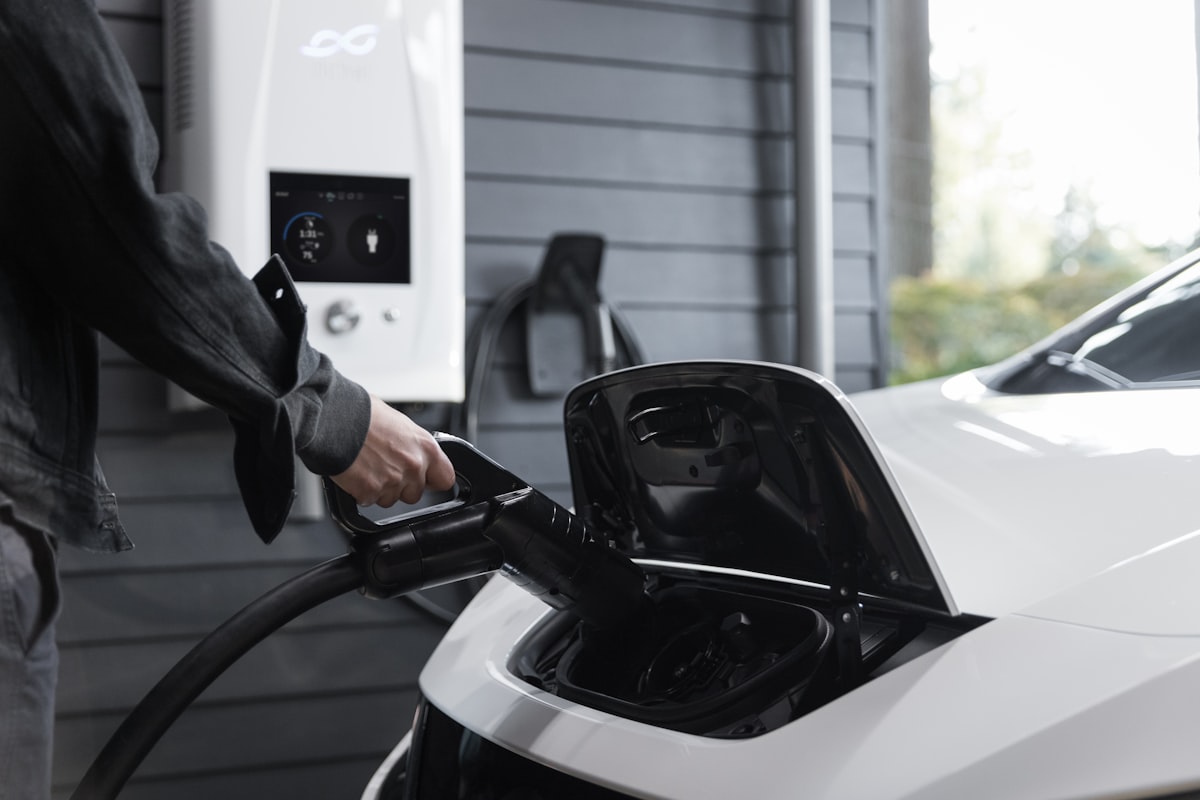Are High-Power EV Chargers Safe for Patients with Cardiac Devices?
German study finds no adverse results for patients with pacemakers charging electric cars.

There are lots of pacemakers and other implanted cardiac devices out there. You may wonder whether they're safe around high-power electric vehicle chargers, and a recent study says they are.
Researchers in Germany tested the chargers around patients with pacemakers and defibrillators and, in more than 500 charges, found no adverse results.
The study included 130 patients with a pacemaker or defibrillator. The average age was 59 years and 21% were women. Four publicly available, fully electric cars capable of high power charging were used during the study.
“The new high power charging stations for electric cars have the potential to create strong electromagnetic fields and cause electromagnetic interference in pacemakers and defibrillators, leading them to malfunction,” said study author Dr. Carsten Lennerz of the German Heart Centre Munich.
“We previously investigated the risk of electromagnetic interference with cardiac devices while driving electric cars and found that the largest electromagnetic field was located along the charging cable. This was the first study to examine the risk of electromagnetic interference in patients with cardiac implantable electronic devices (CIEDs) while using high power chargers.”
Millions of pacemakers
While there aren't all that many electric cars yet, there are millions of pacemakers and other devices, so the risk is something health scientists want to monitor closely.
It's estimated that up to 1.4 million pacemakers and defibrillators – used to treat patients with heart rhythm disorders or heart failure – will be implanted this year alone.
Given that the average life expectancy with a pacemaker is 8.5 years, the number of people with a pacemaker worldwide is likely to be in the region of 8 to 12 million. In addition, approximately 150,000 to 200,000 patients across the world receive an implantable cardioverter defibrillator (ICD) each year.
Worst-case scenario
“This study was designed as a worst-case scenario to maximize the chance of electromagnetic interference," Lennerz said. "Despite this, we found no clinically relevant electromagnetic interference and no device malfunction during the use of high power chargers, suggesting that no restrictions should be placed on their use for patients with cardiac devices.”
In total, 561 charges were performed during which the researchers did not observe any adverse events caused by electromagnetic interference. Specifically, there was no inhibition of pacing in pacemakers nor inappropriate detection of rapid arrhythmias that might lead to painful shock therapy for patients with defibrillators.
Participants had their cardiac devices programmed to optimize detection of electromagnetic interference. They were then asked to plug in and charge each car with the charging cable placed directly over their cardiac device to maximise the likelihood of electromagnetic interference.
Patients were monitored for any malfunction of their cardiac device such as a failure to deliver pacing therapy or inappropriately sensing abnormally fast heart rhythms. The cardiac devices were also checked for any change in their programming or damage after charging the cars.
Lennerz noted that the study focused on high power charging technology rather than home chargers. “Home chargers use a smaller current but AC generates a different magnetic field than DC,” he said. “Home charging is likely safe with sensible precautions, such as not staying next to the charging cable for extended periods of time.”
“Patients with cardiac devices can be reassured that charging electric cars with high power chargers is safe. The risk of malfunction of pacemakers and defibrillators is extremely low in this situation. Sitting inside the car or standing next to the charging cable or charger is also safe. However, we would recommend not placing the charging cable directly over the cardiac device to maintain distance from the charging elements,” he said.
The study was published in EP Europace.
